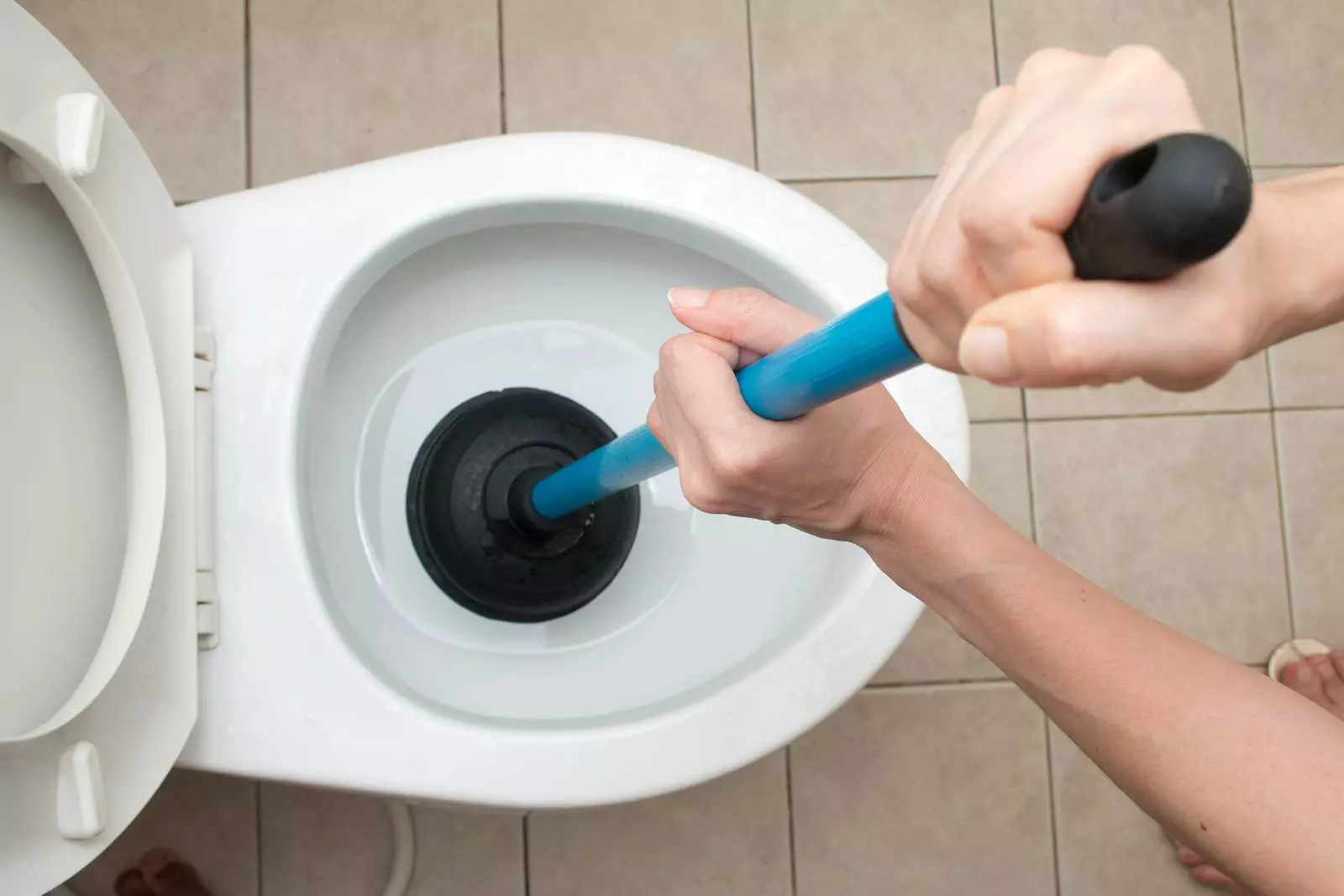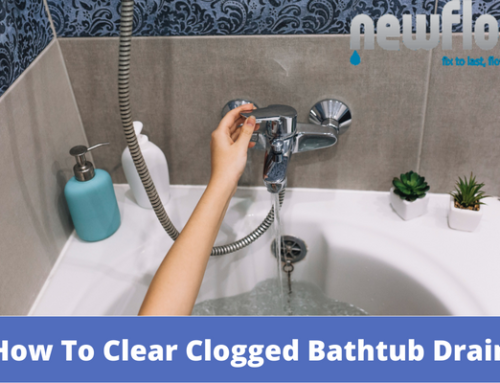Is there anything more aggravating than finding rust streaks on your toilet? These persistent marks sometimes seem impossible to erase, no matter how vigorously you clean. Understanding the causes of rust stains is the first step toward permanently removing them from your bathroom. In this post, we’ll look at the numerous reasons contributing to toilet bowl rust and offer practical strategies for getting rid of it.
Why Does My Toilet Bowl Keep Rusting?
Iron oxide (rust) is formed when iron or steel reacts with moisture and oxygen. Although toilets are made of porcelain, rust stains can appear for a variety of reasons:
Aging Pipes And Plumbing
Corrosion and mineral buildup in pipes and plumbing systems can cause rusty water to seep into the toilet tank and leave stains in the bowl over time. This issue is more common in older plumbing infrastructure.
Water Supply Contamination
Rust stains in the toilet may occur if the water source contains a high percentage of iron or other minerals. Although municipal water sources are treated to remove toxins, localized variables or infrastructural concerns might still cause problems.
Hard Water
Many places have hard water with high mineral content, such as calcium and magnesium. When hard water interacts with toilet fixtures, limescale deposits form, creating an environment for rust to form and stain the toilet.
Toilet Tank Components
Due to water exposure, several metal parts in the toilet tank, such as the float rod or overflow tube, might rust over time. When these rusted components come into contact with the tank water, they might discolor the bowl.
How Do You Get Rust Out Of A Toilet Bowl?
Let’s look at some successful strategies for removing and preventing them:
Cleaning Agents
There are a variety of cleaning solutions explicitly designed to remove rust stains. Look for hydrochloric acid or oxalic acid in toilet bowl cleaners. Follow the instructions carefully, ensuring adequate ventilation and using protective gloves. Scrub the stained areas with a toilet brush and do so again if necessary.
Natural Remedies
White vinegar or lemon juice are two other all-natural options. Use this mixture on the affected areas, let it stay for a few minutes, and then scrub it gently. Adding vinegar or lemon juice to baking soda creates a potent cleaning paste.
Water Softeners
The negative impacts of hard water can be mitigated by installing a water-softening system. These systems filter out minerals from the water, reducing the likelihood of limescale and rust stains.
Preventative Maintenance
Schedule regular inspections and servicing of your plumbing and toilet to keep them in good working order. Aged components, such as flapper valves or fill valves, should be replaced to prevent rust-related issues.
Conclusion
Toilets stained by rust can be a major source of frustration for homeowners. However, this problem can be addressed more effectively if we investigate its causes and take precautions. Please don’t hesitate to contact New Flow Plumbing if you need professional assistance. We can locate the source of rust stains and provide efficient remedies that will have your toilet looking and working like new again. Prioritizing routine maintenance and employing proper cleaning techniques can guarantee a rust-free and sanitary bathroom experience.













